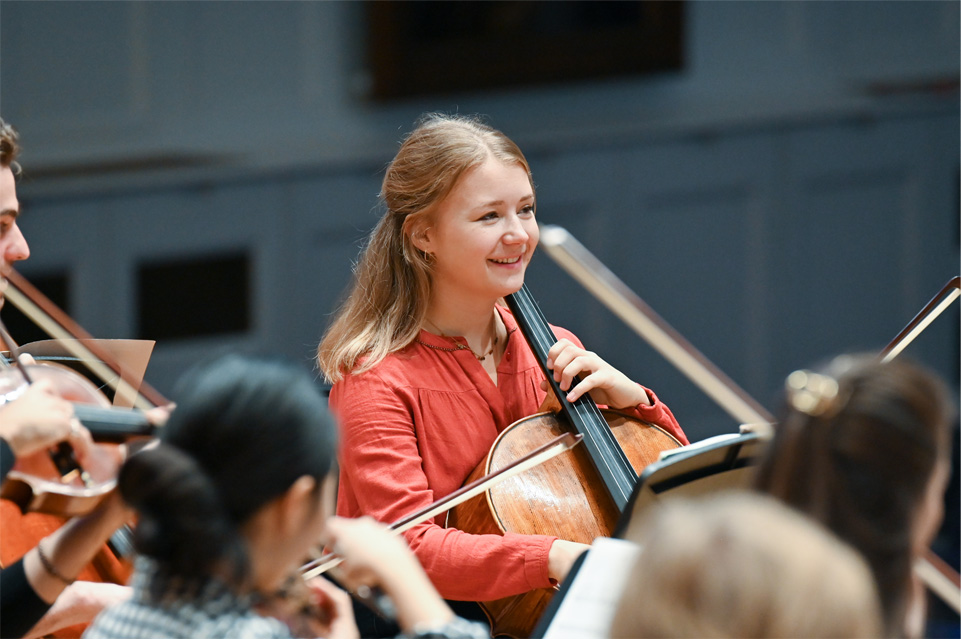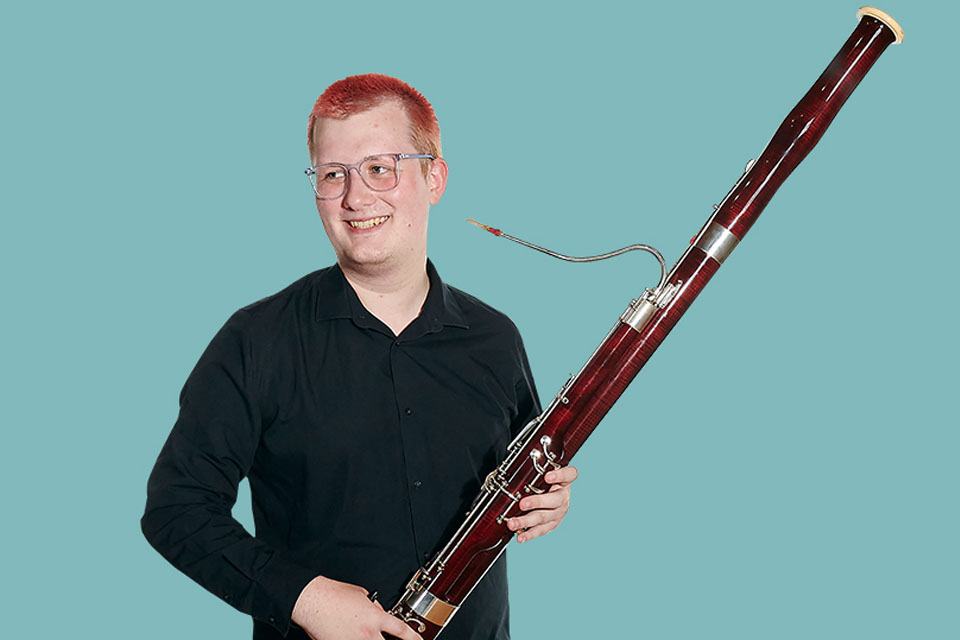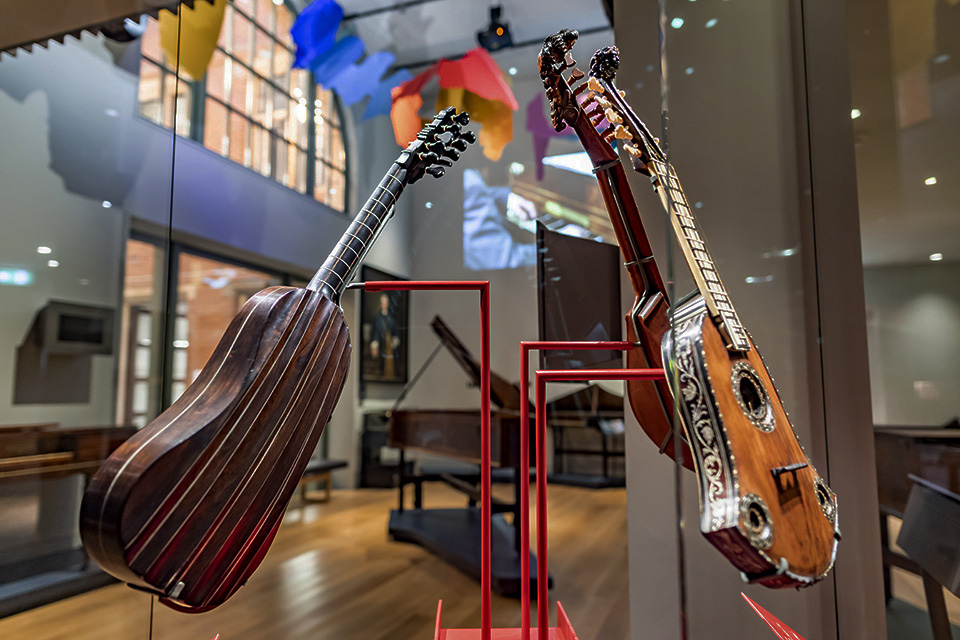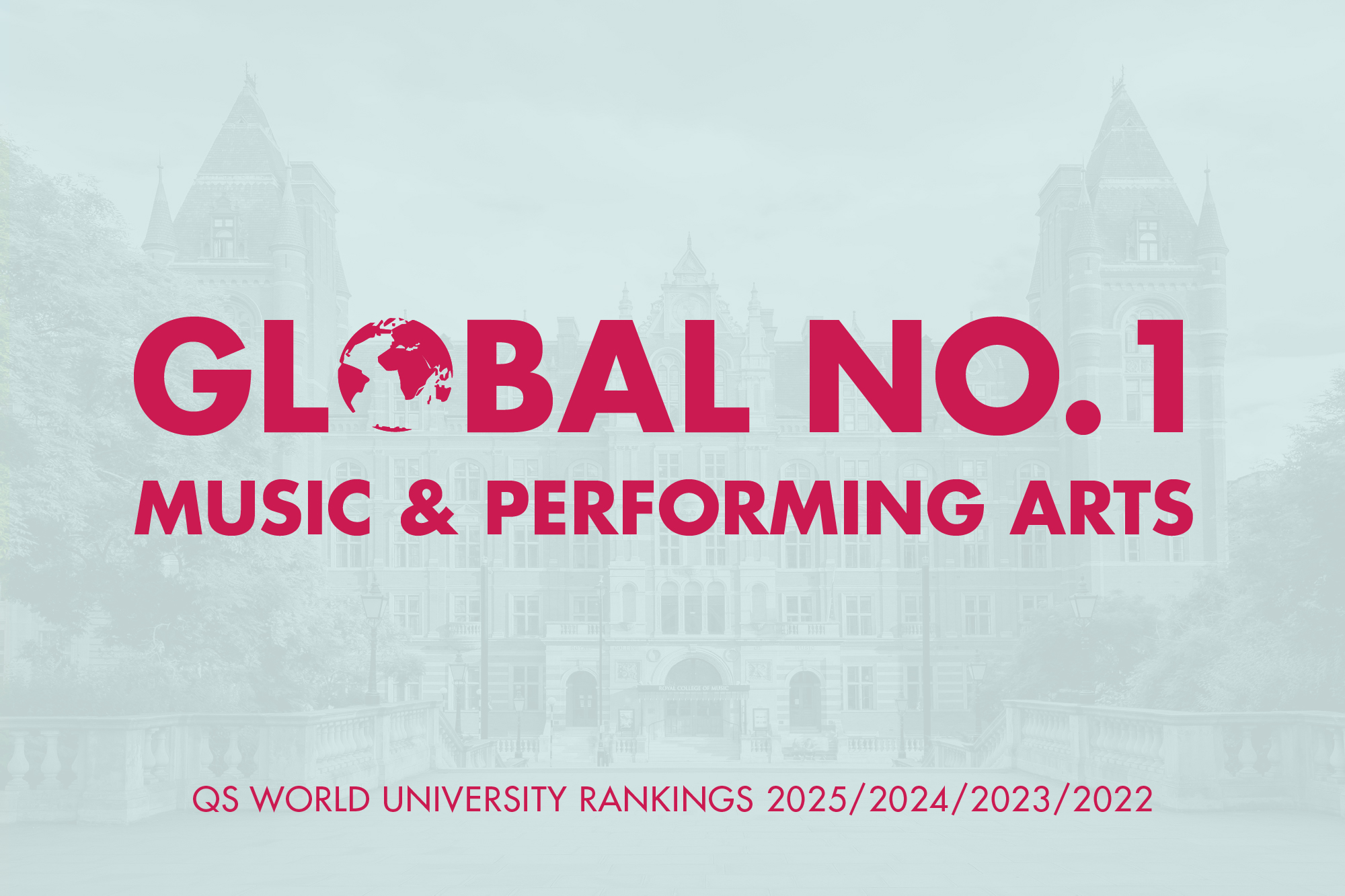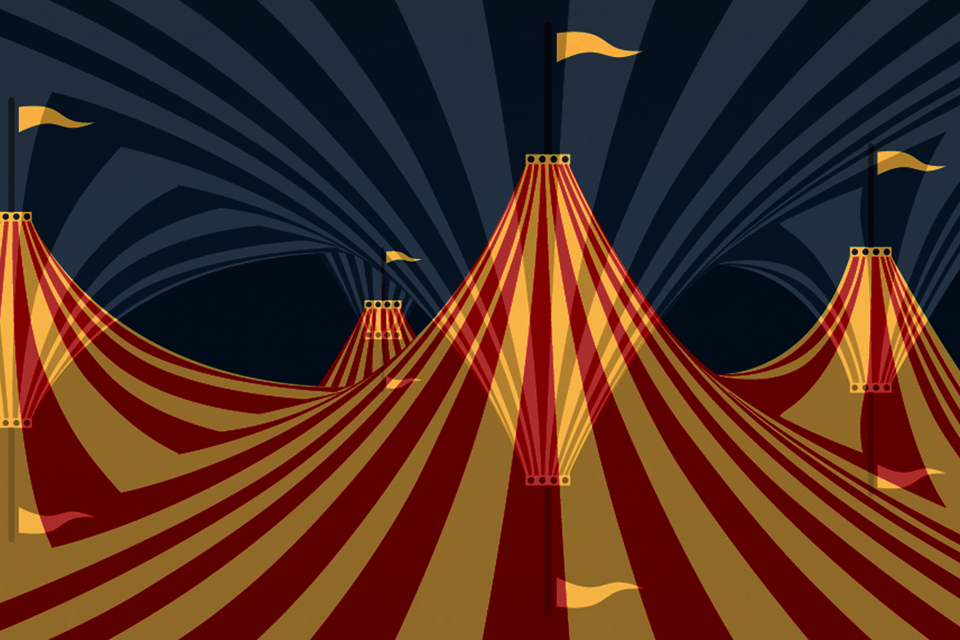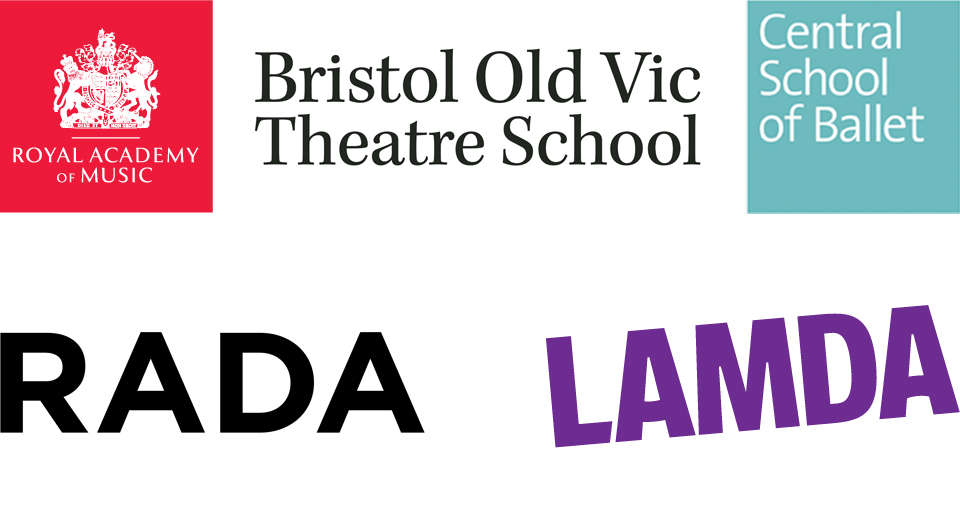We hope you enjoyed Otis and Eunice, a modern retelling of the Greek mythological love story Orpheus and Eurydice written by Sharon Clark.
This production is the culmination of a four-year Virtual Conservatoire project involving musicians, actors, dancers and a creative team from six UK conservatoires. With the combined expertise of the Bristol Old Vic Theatre School, Central School of Ballet, London Academy of Music and Dramatic Art, Royal Academy of Dramatic Art, Royal Academy of Music and Royal College of Music, we have been able to create a unique and unforgettable experience.
Creating Otis & Eunice
I was approached by the Virtual Conservatoire team who, as a collaboration between schools, had the ambition to make a piece of theatre that used live streaming as an integral part of its story.
There would be some parameters – there had to be roles for actors, dancers, musicians and composers, the play had to take place simultaneously in Bristol and London, the stories needed to be separate but interweave with each other through live streaming, and they were interested in exploring the story of Orpheus and Eurydice.
As a playwright I was keen to explore how I could write a play that would accommodate all of these stipulations and still be compelling for an audience.
The process for making Otis and Eunice followed an unknown path. Trying to write a meaningful script that encapsulated live streaming, while working between six partner organisations, in two cities while engaging over 50 students was, to put it mildly, a challenge.
We also had much less time than I was used to working with when I make a piece of immersive theatre. The script needed to come first so that the whole team had a vision to work to and a skeleton story that they could explore.
The main challenge for me as a writer, though, was how to knit together two different stories that collided through live streaming and ended up making sense to both audiences. Then I needed to work out how to introduce original composition, dance and musicians to an already complicated play. All within a matter of months.
The writing process involved a load of Post-it notes, schematic plans, a first set of lyrics, singing my ideas very badly to bemused composers and many phone calls with Dave, the live streaming expert.
There were also some obstructions in the way. The schools are frankly quite brilliant at keeping their acting students busy with work, so availability for the quite enormous team we had amassed was often limited.
However, the astounding thing is the sheer will this complicated network of collaborators put into bringing Otis and Eunice to life.
The composers, working to a pretty strict brief from me, weaved their magic into original songs and score, the technical team problem solved this behemoth of a project with great humour and superb ingenuity, the performers just got stuck in and started to play as soon as the script was in their hand, the ingenious designers and directors, all lecturers, were stalwarts in making the pieces fit and making me laugh when the going got mind-bendingly complicated.
This is new theatre. This is a new way of teaching theatre. It has been a bold and brave undertaking from the Virtual Conservatoire team, who are preparing students to work in the digital age and introducing two audiences across two cities.
We hope you enjoyed our wonderful, bonkers experiment.
Sharon Clark


